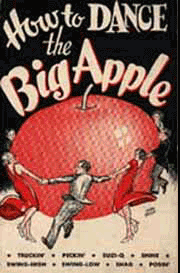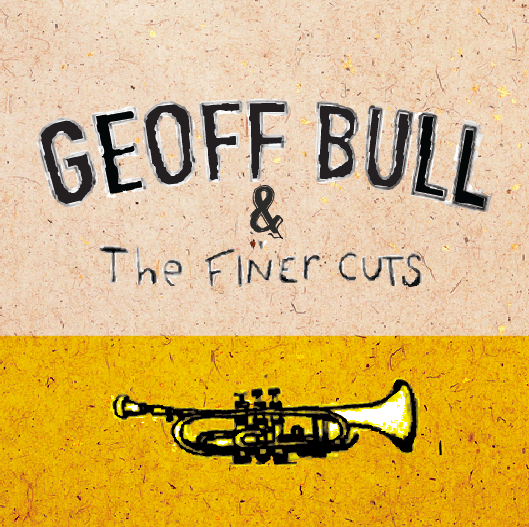
I wish I knew where this poster came from. I SHOULD look it up.

I wish I knew where this poster came from. I SHOULD look it up.
I ran across this photo of Nina Mae McKinney (who I wrote about during last year’s Women’s History Month posts here) on pintrest (via p8ronella), and was delighted to see the costume from this (fabulous) film sequence:
That film clip is supercool for many reasons, though one of them is for the tall-woman/short-man partner sequence (I think the woman leads, though I’m not sure).
This Jazzwax post “Coleman Hawkins: 1922-1947” is an interesting complement to the Mosaic Coleman Hawkins set and to the idea of Anthologies or collections of individual works as a creative product in its own right (as I began discussing in my post “More thoughts, also illness-addled and pseudoephedrine-fuelled.“).
I’m also interested in the new film Ballads, Blues and Bluegrass directed by Alan Lomax and featuring lots of lovely archival footage from the Folkways project
I’m a massive fan of Carol Ralph, an Australian singer from New Castle (just north of Sydney). I’ve seen her live quite a few times, and she has a gorgeous stage presence – really inviting, warm and engaging. It’s hard to find her CD ‘Swinging Jazz Portrait’, though you can buy it through the Victorian Jazz Archives, and you could probably get it at one of the Australian Jazz Club events. If you can find it, buy it. I DJ from it regularly, years after I first bought it. The recordings feature some of Australia’s biggest names in jazz (including Bob Sedergreen I think), and there’s some totally brilliant lindy hop and blues dancing music in there.
Carol doesn’t have much of a web presence (argh!), but you can get some details via Jazz in Australia.

I’m looking forward to this new album by Solomon Douglas’ band. You can listen to it here.

With all my talk about Australian jazz history (I have to warn you: I’ve just been to the doctor, and am now on some SRS DRUGZ to combat another installment of the fucking sinus infection, so this post is probably less coherent than even the earlier ones. even.)…
So, as I was saying. With all that talk about Australian Jazz History, I forgot to tell you about Geoff Bull and the Finer Cuts.
Things to know:
When I first heard the CD I was all “omg, this is the worst thing I have ever heard.” I was tempted to delete it. I know, harsh, huh? But I had just been wallowing in my new Coleman Hawkins set (ie in sixty million 1930s big band recordings of the highest order), had just bought the latest Gordon Webster album and was really feeling quite over the ‘little street jazz band combo’ thing. I wanted a huge, sophisticated rhythm section. I was over rowdy solos.
I know. I’m a dickhead. It’s like I forgot what jazz was all about for a minute there. Maybe it was because I was getting sick. Who knows what was going on inside my head.
But I gave the CD/EP a rest, and then I came back to it. After I saw the band at the Corridor. That gig really impressed me. I wrote about it here. I really like to see a combo working well. And they did. So I gave the CD another go.
Now I’m all “omg this is good. I will even DJ it.” The song ‘Glory Glory’ is gold. It’s really quite lovely. I Approve. I really like Geoff’s vocals and trumpeting. I do like the piano. I’m still not 100% sold on some of the vocals, but then it took me a while to come around to Jesse Selengut’s vocals, and that was obviously crazy talk. But then I’m quite conservative. I know a lot of people do like the vocals, and you might too.
In summary, then, you should:
and
and also